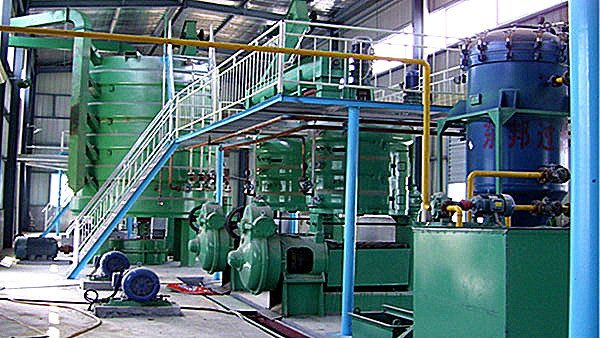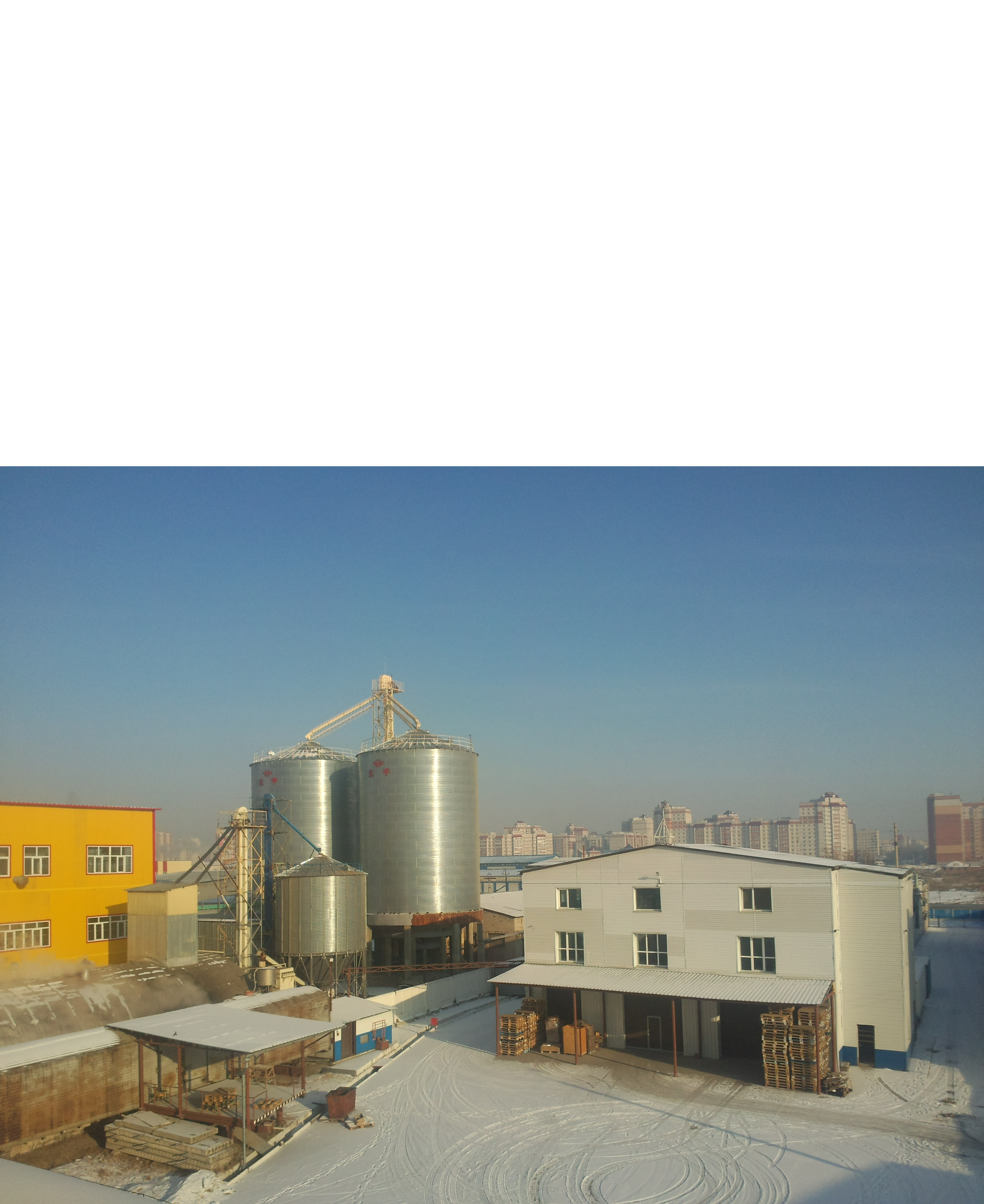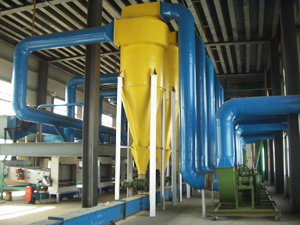As the leader in establishing efficient soybean oil factories, my focus is on developing advanced solutions that maximize oil yield while ensuring product quality. In this guide, I will outline the key operations involved in setting up a soybean oil factory, the machinery required, and the markets we can serve. Our goal is to enhance brand recognition and business growth through effective soybean oil production.
A well-designed soybean oil factory incorporates several critical operations:
Proper storage of raw soybeans is essential to prevent spoilage and contamination. Large silos or storage units facilitate this process. Additionally, transport systems such as conveyors and elevators are crucial for moving soybeans through various stages of production.

Cleaning is crucial to remove impurities. This includes using vibrating screens, magnetic separators, and de-stoners. Dehulling involves removing the hulls, improving oil extraction efficiency.
The extraction process involves crushing and flaking the soybeans to break down cell walls, followed by conditioning to enhance oil extraction rates.
Mechanical pressing is typically used in smaller factories, while larger ones may employ solvent extraction using materials like hexane.
Crude soybean oil must be refined to remove impurities. Key steps in the refining process include:

Refined oil is packaged in bottles or bulk containers, depending on the market. Proper storage tanks are crucial for keeping the oil before distribution.
Post-extraction, soybean meal is a high-protein feed and soy lecithin serves as a versatile emulsifier in various industries.

When establishing a soybean oil factory, key factors include location, capacity, technology, compliance with regulations, and understanding market demand.
Setting up a successful soybean oil factory requires significant planning and investment. By focusing on efficient processing machinery and adherence to safety regulations, we can cater to both domestic and international markets effectively.


